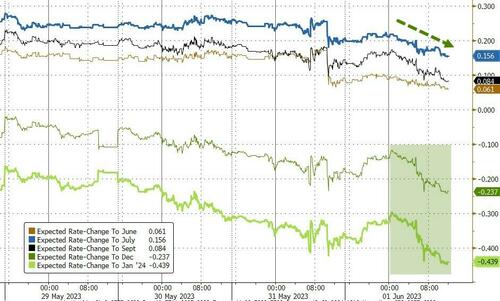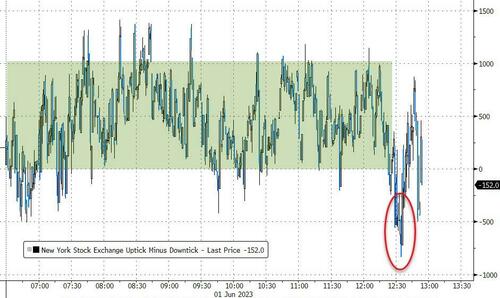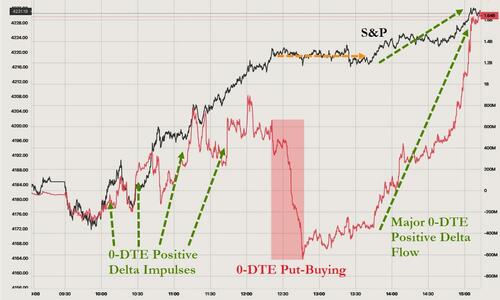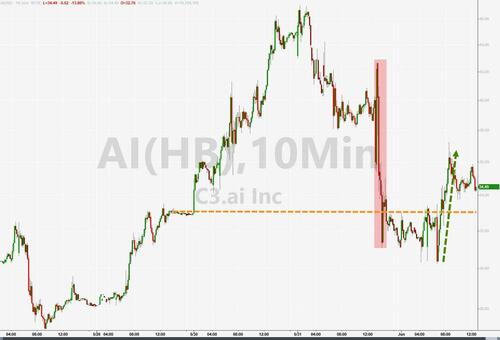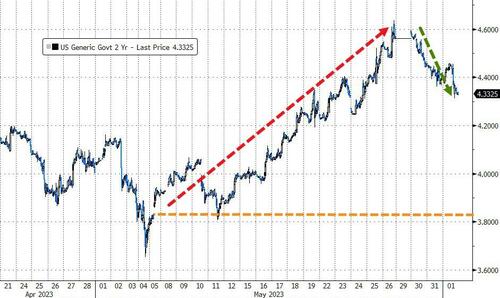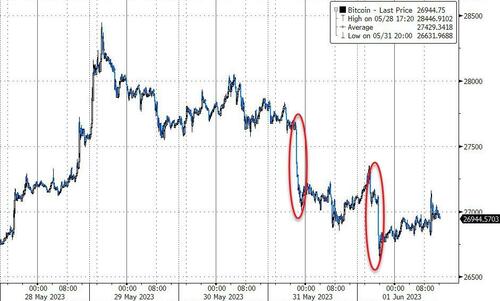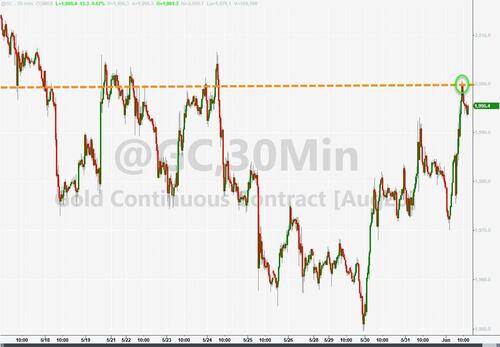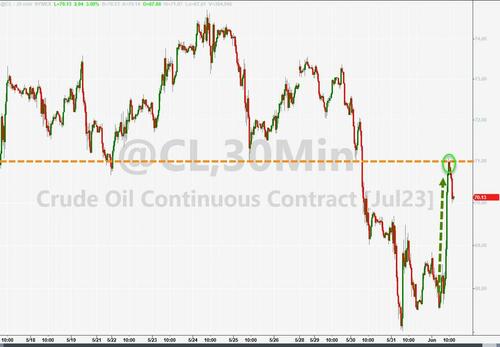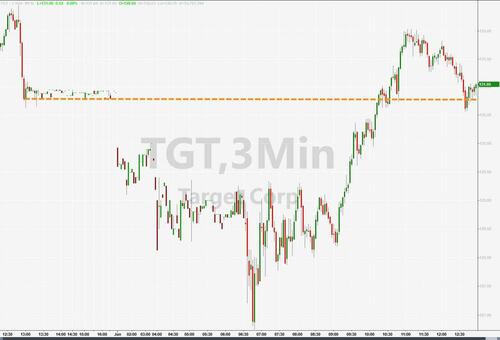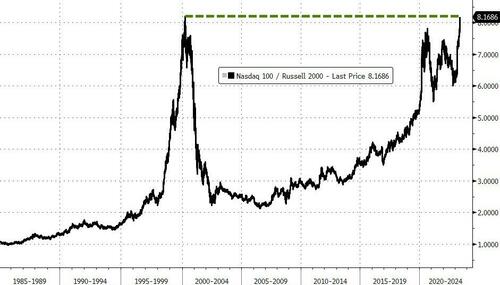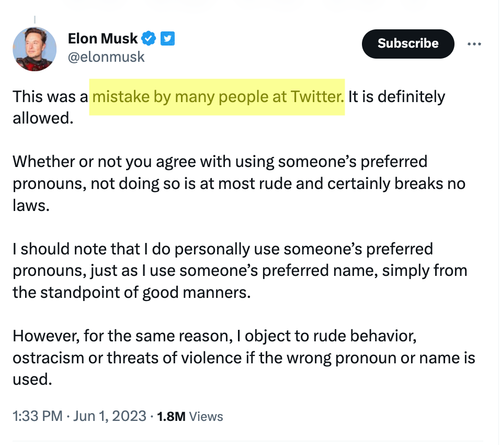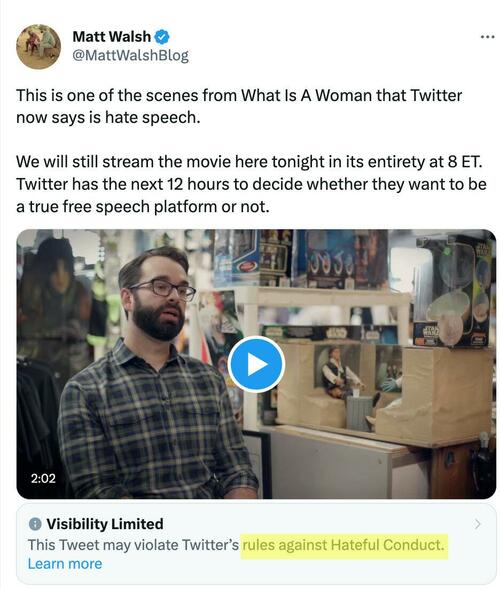Drug prohibition sows the seeds of its own defeat by creating a highly lucrative and resilient black market that is always adjusting to enforcement efforts. When police arrest a drug dealer, someone else takes his place. Even dismantling an entire trafficking operation does not have a substantial and lasting impact on retail prices or consumption because it creates opportunities that other organizations are happy to seize.
This enforcement problem is compounded when drug transactions are hard to detect because they take place on the dark web. Yet the authors of a recent study suggest that busting dark-web dealers is a cost-effective way of reducing access to illegal drugs. The study, which was published in the journal Information Systems Research, not only does not support that claim; it underlines the futility and perverse consequences of trying to get between people and the drugs they want.
University of Minnesota researcher Jason Chan and his collaborators looked at what happened after Jeremy Donagal, a.k.a. the “Xanax King,” was arrested along with five other drug suspects in May 2014. Donagal was charged with producing various drugs, including steroids, alprazolam (Xanax), and gamma-hydroxybutyric acid (GHB), and selling them on darknet sites, including Silk Road and Silk Road 2.0 (SR2). After Donagal and his associates were arrested, the feds used his account to set up “controlled deliveries,” resulting in the arrests of about 60 buyers. The operation was publicized that June.
Chan et al. found that news of the arrests was associated with a 39 percent drop in the average number of sales by SR2 vendors. The number of SR2 vendors fell by 56 percent. The latter result, Chan says in an emailed press release, “suggests that the policing effort induced a negative shock to the dark web ecosystem in which a significant proportion of drug sellers decided to exit altogether.”
Chan et al. say the study provides “initial evidence in support of the effectiveness of selectively targeting large-scale drug vendors to dampen darknet activities.” That strategy, they suggest, is more “cost-efficient” than more ambitious operations that aim to shut down entire dark-web platforms. “Compared with site shutdowns,” they write, “selective targeting is less costly and time-consuming yet still able to reduce drug-dealing activities on the darknet market.”
But did the Xanax King arrests actually “reduce drug-dealing activities on the darknet market”? The study’s analysis is based on a comparison of activity on SR2 to activity on two “nonpoliced sites,” Agora and Evolution, where drug selling evidently continued unabated. Even on SR2, “news of the arrest did not affect the average drug prices.” Chan et al. found that “small-scale vendors,” who were disproportionately affected, “attempted to clear out their remaining inventory by reducing drug prices after the policing event before exiting the site.”
Meanwhile, the number of sales by “the larger vendors” rose, and “the site became more consolidated after the policing event.” That is consistent with the observation that arresting or deterring some drug dealers encourages others to pick up the slack. The arrests, Chan et al. say, had a “limited impact on deterring the larger vendors in the market, which are likely drug syndicates that have the resources and means to evade legal arrests and punishment.”
It seems clear that the busts put a scare into SR2 sellers and buyers, including those located outside the United States. Focusing on that subset, the study found that “the arrest event had a negative and significant impact on transaction volumes, vendors with active transactions, and remaining vendor count.” The authors say that suggests “the deterrence effect of the policing shock can extend beyond the immediate prosecutorial jurisdiction of the enforcement agency.”
Unsurprisingly, the study does not purport to show that the “policing shock” had a significant and lasting effect on the darknet supply of illegal drugs, the total supply, consumption of those substances, or drug-related harm. Chan et al. say their findings indicate that “the supply side of the market” was “more affected by the enforcement event than the demand side”—and again, even the supply-side effect was limited to SR2. They add that “drug sellers on the darknet market” did not “have the means to alter price levels even after a supply shock to SR2 as buyers are aware of outside options of purchasing drugs elsewhere (e.g., other darknet sites) and purchase elsewhere should drug prices on one site increase.”
Those “outside options” always exist, which is why enforcement efforts like this have a limited and fleeting impact. “It is unclear if the results generalize to other darknet sites,” the researchers concede. “It is possible that newer darknet sites may have stronger security and anonymization innovations based on learnings of the failures met by predecessor sites. Should such technological innovations improve substantially over time, enforcement effects observed in this work might not apply to future sites.” That observation underlines the adaptive abilities of the black market, which has always found ways around the barriers that drug warriors erect.
Chan et al. also concede that “we are unable to make claims on vendor migration that might have occurred because of the enforcement effort.” In other words, the vendors who left SR2 may have set up shop elsewhere, just as buyers may have taken advantage of “outside options.”
Even if we ignore those caveats and assume that arrests and prosecutions can put a significant dent in the darknet supply of drugs, the wisdom of trying to do that is dubious. “As an underground economy that is not governed by a regulatory
system, darknet markets allow for the transactions of impure and specialized designer drugs that can cause dangerous and unpredictable side effects,” Chan et al. warn. “For instance, some drug dealers mix fentanyl, a cheap but powerful synthetic opioid, with other drugs to increase their profits. Without knowing that their purchased drug contains fentanyl, users may overdose, suffering brain damage and even death as fentanyl is 50 times more potent than morphine.”
The researchers do not acknowledge that websites like SR2 reduce such risks by making drug dealers more accountable to consumers. Since negative reviews hurt their bottom line, vendors have an incentive to protect their reputations by delivering what they promise. The dark web, which facilitates repeat business for vendors with good reputations, is more conducive to such market discipline than in-person transactions with acquaintances of acquaintances who provide no assurance of quality or potency.
Discussing the original Silk Road, which the FBI shut down in 2013, Reason‘s Brian Doherty noted that its pages, “like those at Amazon or Yelp, were dense with seller ratings and reviews, guiding buyers to vendors with good records and high-quality products. Boisterous online forums were a click away, jammed with customer-generated information about drugs, dealers, safety, and whatever else the anonymous technorati wanted to chat about.”
Although Chan et al. do not explicitly mention these benefits, they do note that “the number of reviews received is highly correlated to the transaction volume of darknet vendors”—so much so that they use this measure as a proxy for sales. And they allude to other ways in which darknet drug bazaars reduce risks for consumers.
“Compared with the traditional sale of drugs on the streets, the risks of encountering violence (e.g., disputes with street gang members, robberies by desperate buyers) when transacting on darknet sites are much lower,” the researchers note. “At the same time, drug transactions performed on darknet markets are generally believed to involve lower risks of arrests.” But the authors view these consumer advantages with alarm.
“For these reasons, digital platforms that facilitate illicit activities have experienced high participation levels and stable growth over time,” Chan et al. write. “The unabated expansion of darknet drug markets is concerning from a public health perspective.” From a “public health perspective,” they evidently think, it makes sense to push drug users toward transactions with street dealers, which pose a much higher risk of violence, life-derailing encounters with cops, and injury or death caused by powders and pills of unknown provenance and composition.
One can make an argument for such harm maximization: Although limiting online access to drugs is apt to increase the dangers that any given user faces, prohibitionists might reason, the deterrent effect of those hazards could, on balance, result in less drug consumption and less drug-related harm. But that collectivist calculus is not just empirically questionable; it is morally abhorrent, sacrificing the welfare of undeterred drug users in the name of saving more-timid consumers from the potential consequences of their personal decisions.
This is just one example of the drug war’s broader logic. Prohibition reliably makes drug use more dangerous, which counts as a benefit if the main priority is discouraging people from using psychoactive substances that politicians have deemed intolerable. As the ever-escalating number of drug-related deaths shows, that strategy does not work very well. But drug warriors never learn from their mistakes. They are always sure that the latest enforcement tweak—in this case, “selectively targeting large-scale drug vendors to dampen darknet activities”—will succeed where all previous efforts have failed.
The post The Economics of Prohibition Doom Plans To Reduce Drug Use by Busting Online Dealers appeared first on Reason.com.
from Latest https://ift.tt/grwDJoN
via IFTTT

